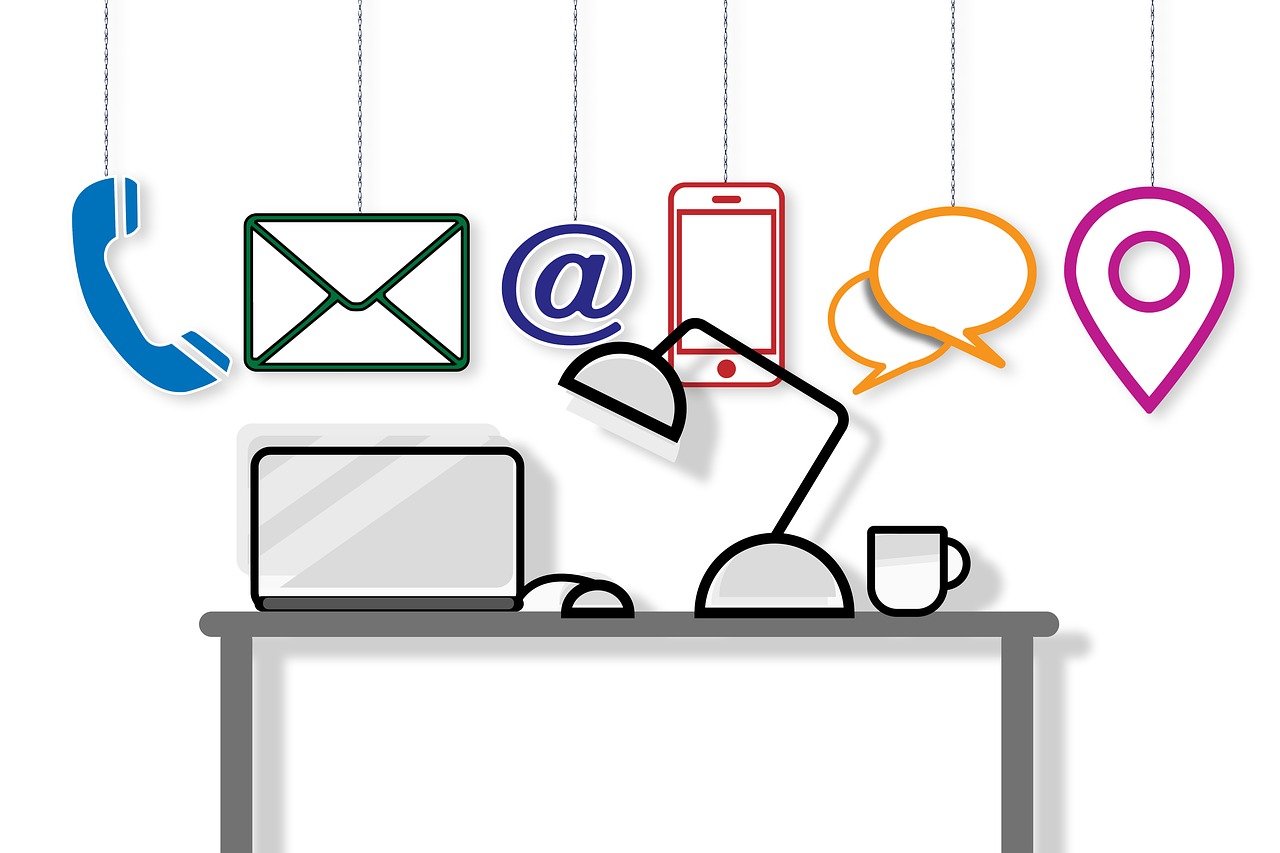Introduction
In today’s digital age, where consumers are constantly connected through their mobile devices, businesses are finding innovative ways to engage with their audience. One such innovation is geofencing and location-based marketing. This technology allows businesses to target customers with personalized messages and offers based on their geographic location. In this blog, we will delve into what geofencing and location-based marketing are, their benefits, use cases, implementation strategies, challenges, and the future of this exciting marketing approach.
What is Geofencing and Location-Based Marketing?
Geofencing is a location-based service that uses GPS, RFID, Wi-Fi, or cellular data to create a virtual boundary around a specific geographic area. When a mobile device enters or exits this predefined area, it triggers an action such as sending a push notification, SMS, or alert. Location-based marketing leverages this technology to deliver targeted marketing messages to potential customers within the geofenced area.
Benefits of Geofencing and Location-Based Marketing
- Enhanced Customer Engagement: By delivering personalized and relevant content to users based on their location, businesses can significantly increase customer engagement.
- Improved Targeting: Geofencing allows for precise targeting, ensuring that marketing messages reach the right audience at the right time and place.
- Increased Foot Traffic: Retailers can use geofencing to attract nearby customers into their stores with special offers and promotions.
- Cost-Effective Advertising: By targeting only specific areas and audiences, businesses can optimize their ad spend and reduce wastage.
- Data Collection and Analysis: Geofencing provides valuable data on customer behavior and movement patterns, which can be used to refine marketing strategies.
Use Cases of Geofencing and Location-Based Marketing
- Retail: Stores can send special discounts or promotions to customers when they are near or inside the store, encouraging them to visit and make a purchase.
- Restaurants and Cafes: Dining establishments can alert nearby potential customers about daily specials, happy hours, or new menu items.
- Events and Conferences: Event organizers can engage attendees with real-time updates, session reminders, and networking opportunities based on their location within the venue.
- Real Estate: Agents can target potential buyers with information about open houses or new listings when they are in the vicinity of a property.
- Travel and Tourism: Tourism boards can provide travelers with information about nearby attractions, tours, and activities based on their current location.
Implementing Geofencing and Location-Based Marketing
- Define Your Goals: Clearly outline what you want to achieve with geofencing, whether it’s increasing foot traffic, driving sales, or enhancing customer engagement.
- Identify Your Target Audience: Determine the demographics and behaviors of the customers you want to reach.
- Choose the Right Technology: Select the appropriate geofencing technology (GPS, RFID, Wi-Fi, cellular) based on your business needs and budget.
- Create Compelling Content: Develop personalized and relevant marketing messages that will resonate with your audience.
- Set Up the Geofence: Define the geographic boundaries for your geofencing campaign, ensuring they are neither too large nor too small.
- Test and Optimize: Conduct A/B testing to see which messages and offers perform best and continuously optimize your campaigns based on the results.
Challenges of Geofencing and Location-Based Marketing
- Privacy Concerns: Users may be wary of sharing their location data. Businesses must ensure they comply with privacy regulations and obtain user consent.
- Accuracy Issues: The precision of geofencing can be affected by various factors such as signal strength and environmental conditions.
- Battery Drain: Continuous use of location services can drain mobile device batteries, potentially leading to user dissatisfaction.
- Overuse: Bombarding users with too many notifications can lead to message fatigue and may result in customers opting out of location services.
Future Trends in Geofencing and Location-Based Marketing
- Integration with AI and Machine Learning: Advanced algorithms can analyze location data to predict customer behavior and deliver even more personalized marketing messages.
- Augmented Reality (AR): Combining geofencing with AR can create immersive and interactive experiences for customers.
- IoT Integration: As the Internet of Things (IoT) grows, more devices will be able to interact with geofencing technology, providing even more touchpoints for customer engagement.
- Enhanced Analytics: Improved analytics tools will offer deeper insights into customer behavior, enabling businesses to fine-tune their marketing strategies further.
Conclusion
Geofencing and location-based marketing are powerful tools that can revolutionize how businesses engage with their customers. By delivering personalized and timely messages, businesses can drive foot traffic, increase sales, and enhance customer loyalty. While there are challenges to consider, the benefits and potential of this technology make it a worthwhile investment for forward-thinking businesses. As technology continues to evolve, geofencing and location-based marketing will undoubtedly play an increasingly significant role in the digital marketing landscape.



